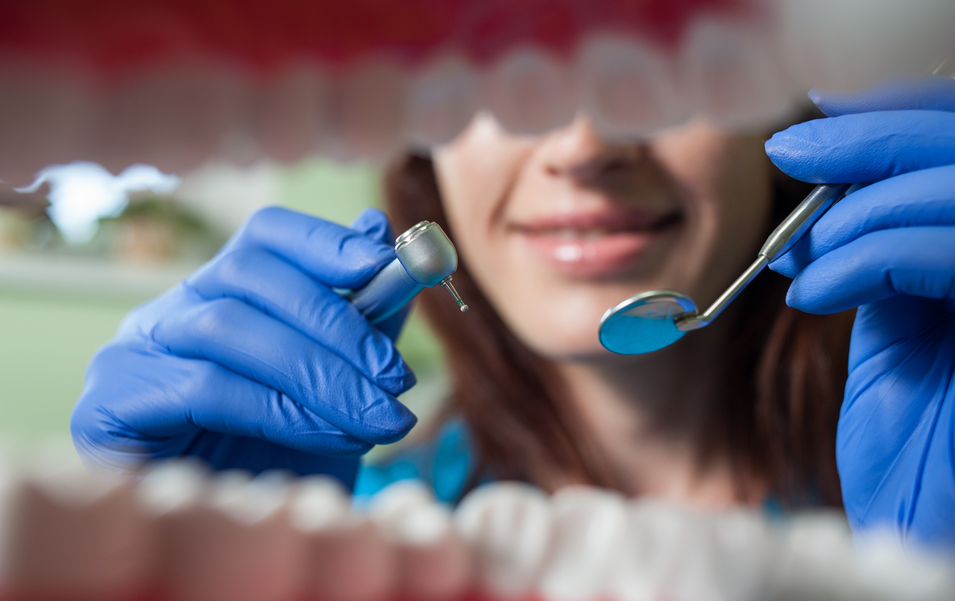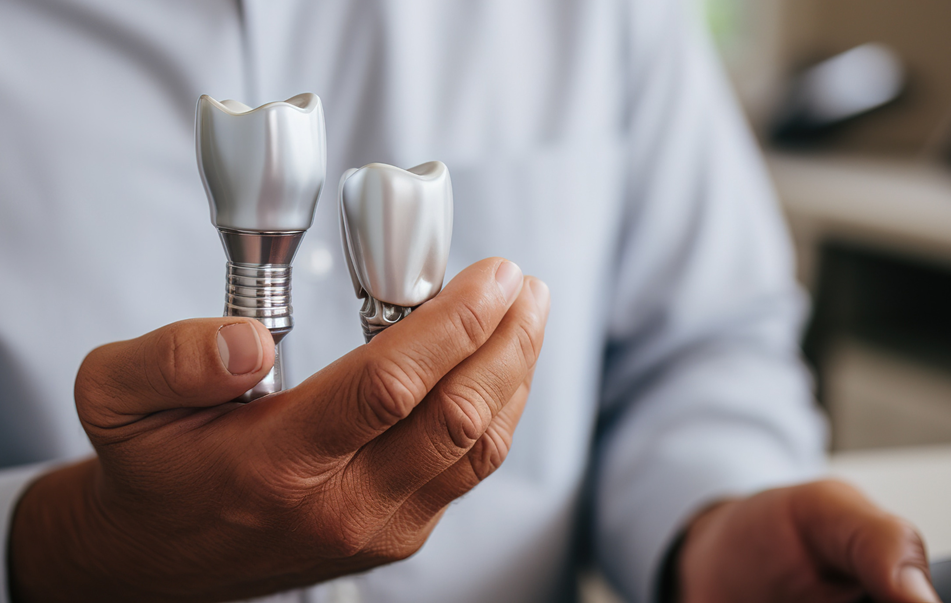CeraRoot vs. Metal Dental Implants: Understanding the Differences
 Admin - Dental Implants » Holistic
Admin - Dental Implants » Holistic
 Feb 6, 2024
Feb 6, 2024
CeraRoot vs. Metal Dental Implants
The Challenge with Metal Implants: The Microgap Issue
When it comes to dental implants, precision and perfection are not just desired; they’re essential for long-term success and oral health. In the case of traditional two-piece metal implants, there are growing concerns over a feature known as the “microgap.” This is a tiny space, measured in microns, existing where the metal implant meets the abutment — the component that connects the implant to the replacement tooth.
Extensive studies have pinpointed that this microscopic separation can harbor bacteria, potentially causing inflammation in both the gum and bone surrounding the implant. The phenomenon is not just a theoretical concern; research has revealed that these gaps can lead to bacterial leakage, and this contamination is associated with adverse tissue reactions.
Remarkably, inflammation can be detected even around well-maintained implants with seemingly healthy surrounding tissue, as revealed by recent scientific findings. Examinations have shown a buildup of inflammatory cells at the implant-abutment interface, indicating persistent irritation. Furthermore, this accumulation of bacteria and the ensuing inflammation are directly linked to the loss of supporting bone around the implant.
One-Piece Implants: A Seamless and Stronger Alternative
In response to the vulnerabilities of two-piece systems, a newer type of dental implant has been developed — the one-piece implant. Recognized by the International Congress of Oral Implantologists, this design seamlessly integrates both the implant body (which integrates with the jawbone) and the abutment (to which the artificial tooth is attached) into a single unit.
The one-piece implant offers a significant advantage by removing the microgap issue entirely. With no junction between the implant and abutment, there’s no crevice for bacteria to collect, drastically reducing the risk of inflammation and bone loss. This design not only improves oral health outcomes but also boosts the durability and structural integrity of the dental restoration.
Conclusion: Making an Informed Decision
For patients considering dental implants, understanding the distinction between one-piece and traditional two-piece implants is critical. While both options can restore functionality and aesthetics, the one-piece implant stands out for eliminating the potential for microgap-related complications, offering a more formidable and reliable solution for your dental needs.
Always consult with your dental profession to determine the best option tailored to your specific situation, ensuring that your smile remains as healthy as it is bright.
Trending News
-

New Device Detects Gingivitis Early Admin
-

Non Toxic Dental Fillings : BPA, BHT, HMBP, DPCL, TPSb, HEMA, TEGDMA Free Admin
-

Essential Questions for Your Oral and Maxillofacial Surgeon Admin
-

Why Root Canals Fail? | The Usual Suspects Meredith Y. Newman Endodontist Fresno
-

Exploring Dental Implants as a Tooth Replacement Option Admin
